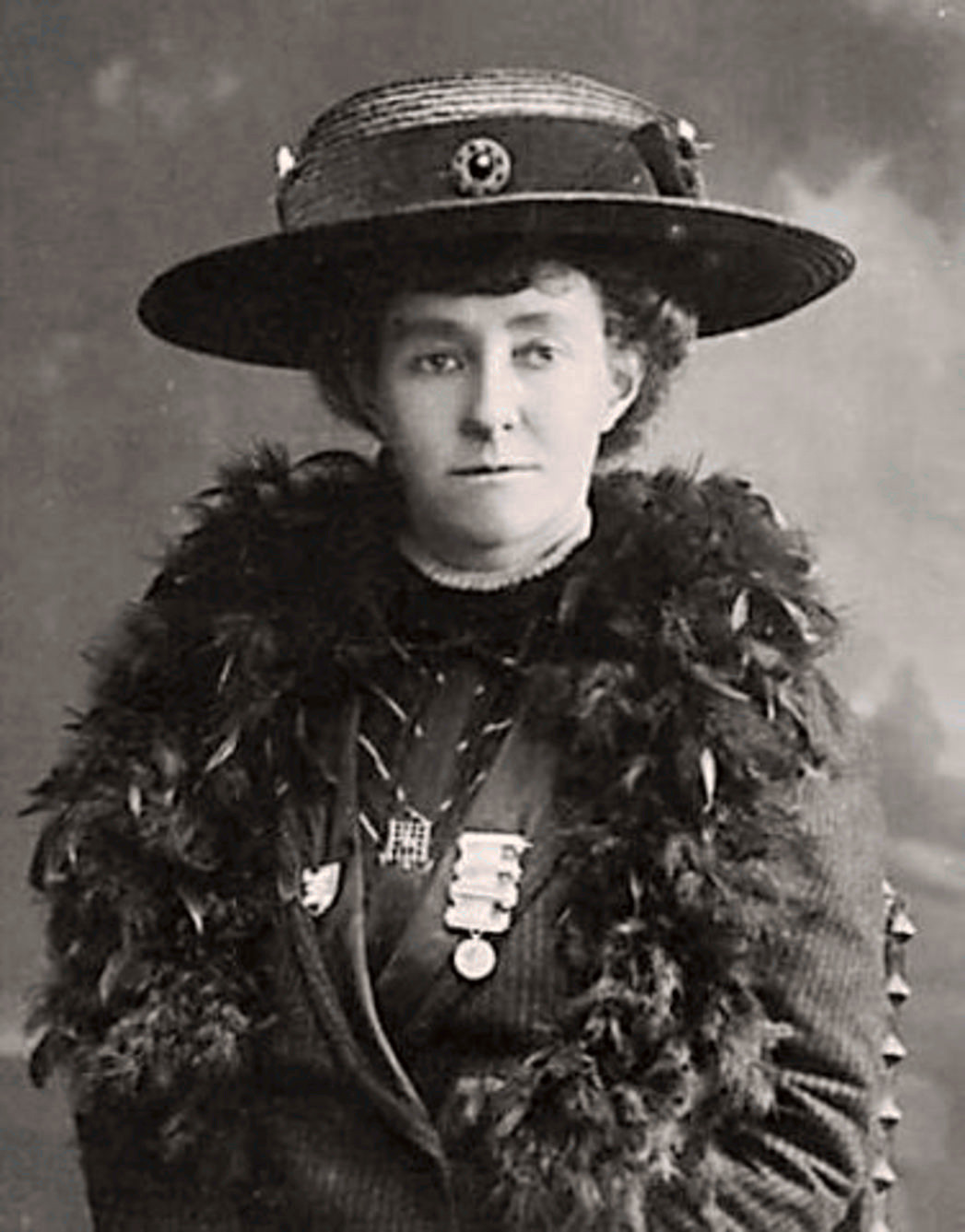Emily Wilding Davison
(1872-1913)Greater London
Emily Wilding Davison is better known for being a martyr to the cause of women's suffrage when she was struck down and killed by King George V's horse at full gallop. Before she dedicated her life to political activism, Davison was a bright student making her way through numerous prestigious universities, thereafter becoming a teacher.
In 1906, she joined the Women's Social and Political Union (WSPU), Emmeline Pankhurst's women-only suffrage group known for their aggressive protest methods. Davison was arrested on numerous occasions for obstruction, stone-throwing, setting fire to a mailbox and more. Whilst imprisoned, many suffragettes would engage in hunger strikes to fight their cause. They often endured violent force-feedings from the officers and some were released early for health reasons. Davison was one of these women and to avoid further force-feedings, she barricaded herself in a cell before being flooded out with water by the guards.
People are still divided today on Emily's intent when she entered the Epsom Derby racetrack on June 4, 1913. Those who believe she intended to martyr herself by being trampled by the King's horse refer back to suicidal attempts she had made during her time in prison. She had previously stated, "The idea in my mind was that one big tragedy may save many others," according to Social Research. Those who believe her death was a tragic accident and that she was trying to attach a suffragette flag to the horse note the return train ticket she had on her person that day and apparent vacation plans she had later that month.
Regardless of the opinions at the time, whether offended by her disrespect of the King or in awe of her bravery, Emily Wilding Davison remains a prominent figure for women's suffrage in the United Kingdom.
Why I chose this person
"I'm Meg Mackay and I chose Emily Wilding Davison because she demonstrated the full extent of desperation that women were in to obtain equal rights and have their say in society. I owe it to women like her for giving me the freedom I have today."


Learn More
Watch the historical film, which features Davison, of the suffrage movement in England in the 2015 movie, Suffragette.
Read her own writings compiled in the 2013 book, In the Thick of the Fight,edited by Carolyn Collette.
Watch as a forensics team examines restored footage from the Epsom Derby Festival to evaluate Emily's true intentions on that tragic day. From Clare Balding’s Secrets of a Suffragette.Viewer discretion is advised as footage shows Emily being knocked down by the king's horse.
Works Cited
"Emily Davison." Britannica Academic, Encyclopædia Britannica, 22 Apr. 2013. academic-eb-com.byui.idm.oclc.org/levels/collegiate/article/Emily-Davison/603282. Accessed 24 Sep. 2020.
Emily Davison Biography, Biography.com, from https://www.biography.com/activist/emily-davison. Accessed 24 Sep. 2020.


